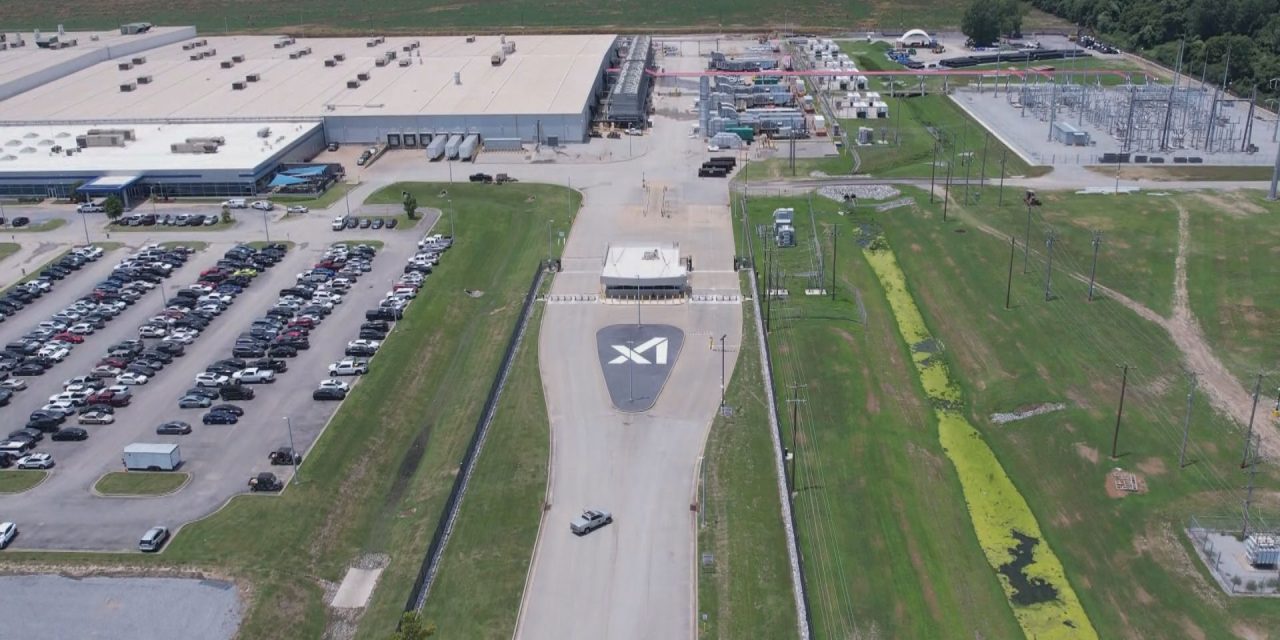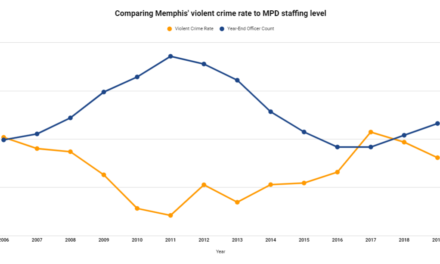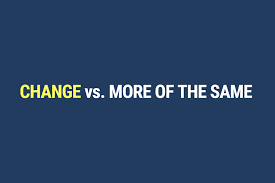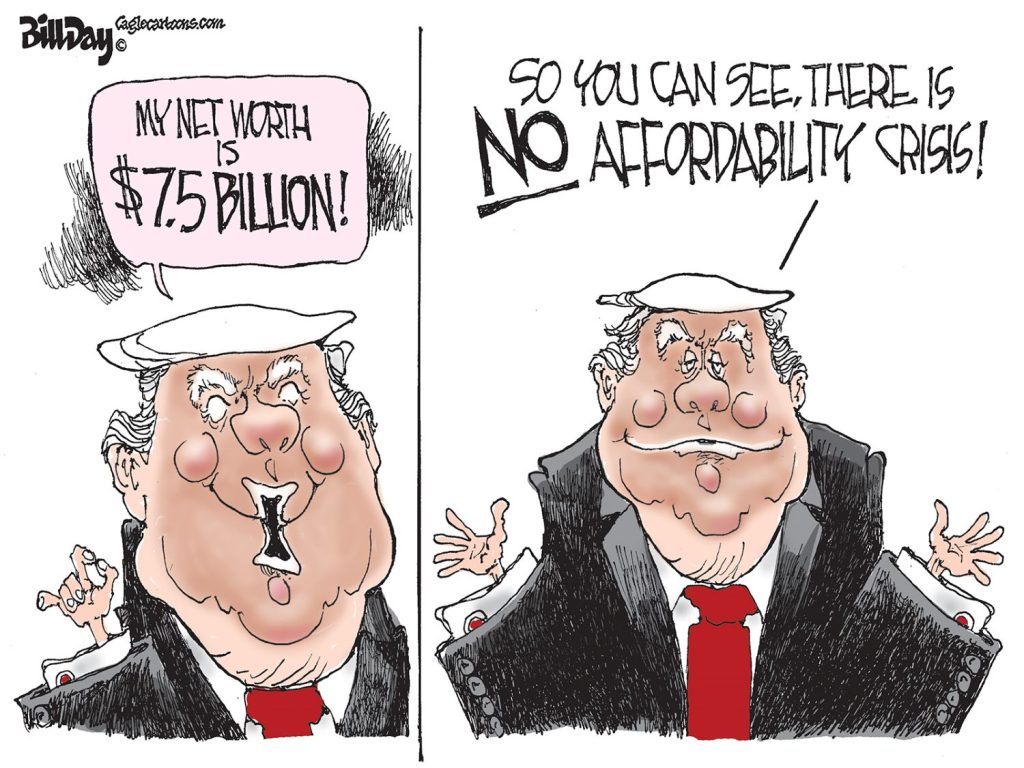The “breaking news” headline on TV news said: “Proposal would reinvest xAI tax revenue into Boxtown neighborhoods.” However, the headline was a grossly misleading overstatement of the new tax-sharing plan.
The plan developed by Mayor Paul Young and approved unanimously by Memphis City Council as a way to tamp down the political opposition to Elon Musk’s supercomputer project calls for 25% of the new tax revenues from xAI to be spent within a five-mile radius of the supercomputer site in Southwest Memphis. That’s taking the definition of “Boxtown neighborhoods” to the breaking point.
Southwest Memphis is an area of many needs, but Boxtown deserves targeted reinvestment as compensation for generations of neglect by Memphis and Shelby County Governments.
The five-mile radius is good politics because it takes in more people than just Boxtown residents and touches more City Council districts. But the wording in the ordinance runs the risk that the needs of the people in Boxtown begin to shrink in the rearview mirror.
The approach so far suggests that City of Memphis may not deliver to Boxtown what it deserves and squander this historic opportunity to do something truly revolutionary.
Boxtown Should Be The Anchor
Because Colossus, Elon Musk’s supercomputer, has been a political hot potato, some of the political talking points have been fluid. The amount of new taxes to be generated by xAI has shrunk somewhat, it’s been said county government is involved in the plan and also that it’s not, and some rhetoric about the magnitude of improvements that can be funded by the new taxes is classic politispeak.
Here’s the thing: A five-mile radius means that the new tax revenue can be spent as far east as Tulane Road, south to the Mississippi state line, north to McKellar Lake and northeast near E. Mallory and Highway 61.
A five-mile radius takes in 78.54 square miles but with the river and the state line as barriers, the five-mile radius covered by the City Council resolution would be less, and for purposes of this post, let’s say it is 35 square miles.
Boxtown is probably less than one square mile.
The Young Administration’s proxy for the “Boxtown neighborhood” has been the 38109 ZIP code. The population of 38109 is 43,764. The population of Boxtown is 2,865 – and half of them earn less than $25,000 a year.
Surveying Spending Priorities
As for residents of Boxtown, rather than an online survey, it would seem efficient for city government to have someone go door to door in that neighborhood to ask each family how the new tax money should be spent. It’s the people of Boxtown that deserve to set the priorities since they were the ones who inspired city government to think of the 25% proposal in the first place.
City of Memphis estimates that it will receive around $13 million in taxes in the first year of xAI. In April, the Daily Memphis reported that the company is expected to pay more than $30 million in combined Memphis and Shelby County taxes, which raises the question about why county government is sitting on its hands instead of raising them to be part of this proposal since its portion of taxes is the largest.
Here’s the thing: Boxtown itself deserves unfettered, unconstrained attention. It’s been ignored from 1863 when it began as a community of emancipated slaves and even when it became part of Memphis a century later – in two annexations in 1968 and 1971.
Forgotten Boxtown
During the 1920s, Illinois Central Railroad experienced the biggest growth in the company’s history; and part of their expansion included their switching facility south of the Memphis city limits, known as Nonconnah Yards. The site included the Railways Ice Plant, the railroad shop and facilities for the manufacture of boxcars. It was customary of the railroad employees to dump the timbers and planks there that were used to hold machinery in place during transit. This wood, along with other packing materials and scraps from the manufacture of the boxcars were gathered and used to build shanties just below the railroad yards, and the area became known as Boxtown. (Commercial Appeal, 1993, via Storyboard Memphis, Sept. 16, 2019)
However, as late as 1979, the Memphis Press-Scimitar reported that about 52 percent of Boxtown households made less than $3,000 a year, and many houses still lacked indoor plumbing, water, and electricity. Most roads were dirt, no public transportation connecting the community to broader Memphis, and the U.S. Post Office did not even deliver mail to individual homes.
For years after annexation, residents paid city taxes but as late as 1975, the promised city services never arrived. It took a federal class action lawsuit filed by the Memphis and Shelby County Legal Services Association when A C Wharton Jr. was its director to get justice for Boxtown.
In what is hopefully not a harbinger for the future, the city and federal representatives eventually secured $12 million in federal funds from HUD for urban development. Shelby County Health and Public Service Director Peggy Edminston and other officials publicly declared their intention to help Memphis’s poorest neighborhoods. And yet the city allocated only $1.7 million to Boxtown, because city officials claimed that the area entailed a “special project” that required extra attention, so the money was used to develop other near-by areas for residential usage. (Storyboard Memphis, Sept. 16, 2019)
How About Something Revolutionary?
So, in light of this neglect and 100 years of isolation, what exactly could City of Memphis do that is revolutionary?
Nurses could conduct a comprehensive house-to-house health survey for every resident of Boxtown. There have been reports for decades that breathing the polluted air from the industrialized area where they live has increased the incidence of serious health issues. Tennessee Rep. Justin Pearson has said African Americans are 75% more likely to live near toxic hazardous waste facilities and have higher cancer rates than white Americans as a result.
Then, the data could be localized with comparisons to the rest of Memphis and Shelby County. This could be followed up with individual plans of action to address each household’s specific health issues.
We’ve known for decades about the health risks for Boxtown but we’ve largely ignored these uncomfortable facts. There’s research like the one in the December 2013 issue of Atmospheric Environment that made it clear, calling southwest Memphis “an air pollution hot spot” and projecting cancer and non-cancer risks from short and long-term exposure.
Because this is the case, from the new xAI revenues, City of Memphis should also pay for the air quality monitoring stations that the area requires.
Memphis Community Against Pollution has previously announced that it will pay $250,000 for nine air quality monitoring devices in Memphis. Incredibly, today, the closest air quality monitoring stations to Boxtown are in downtown Memphis near St. Jude Children’s Research Hospital and out east in Shelby Farms Park.
It should not be required of an environmental justice organization to pay for the stations to monitor the air Memphians are breathing. City of Memphis should set aside any political heartburn it has from the grassroots campaign against xAI and pay for these stations from the $3,250,000 produced by the 25% share of the new taxes.
Compensation or Participatory Budgeting
Finally, how about a really innovative idea?
There’s a strong argument to be made that Boxtown residents should receive direct compensation for decades of neglect – say, using the first three years of the 25% xAI revenues to pay residents about $3,500 per person. It would be small compensation for generations of broken promises and and past harms caused by environmental racism.
It would be fitting if this was accompanied by an official apology from City of Memphis and Shelby County for historical injustices that today’s elected officials played no part it; however, it is profound way to tell the people of Boxtown that they have been heard.
The direct payment should not be the substitute for the home repairs, roof repairs, HVAC system repairs, and removal of lead and contaminants that have been cited by the Young Administration as uses for the xAI taxes.
Or, take the same total amount – $9,750,000 – and launch a pilot program in Memphis for participatory budgeting, beginning in Boxtown.
Participatory budgeting, which the New York Times has called “revolutionary civics in action,” is being done in other places but Memphis might be the first city in the South to set up a pilot program.
Participatory budgeting is a democratic process in which a specific amount of taxes is set aside for residents to decide how to spend it. Once it has been pioneered in Boxtown, it could be used in other parts of southwest Memphis and beyond.
This new source of revenue gives City of Memphis an opportunity to take more than the typical governmental, bureaucratic approach. It’s a historic chance to think outside the proverbial box and pursue a program known for its originality and innovation.
The Young Administration is attracting national attention with its 25% plan for xAI taxes. It could attract even more with a pilot program for participatory budgeting that would position City of Memphis as cutting edge and willing to test public policies unexpected for the city.
**
Join us at the Smart City Memphis Facebook page and on Instagram where these blog posts are published along with occasional articles, reports, and commentaries that are relevant to Memphis.





